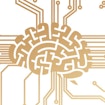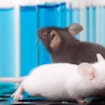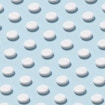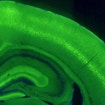
Many young children with autism show brain overgrowth soon after birth, suggesting a very early, possibly prenatal origin of autism-linked neuropathological features. Recent findings of substantially increased neuron numbers in the prefrontal cortex of children with autism[ref]Courchesne E. et al. JAMA 306, 2001-2010 (2011) PubMed[/ref] considerably strengthened this notion, as neurogenesis in humans occurs during embryonic and fetal development.





